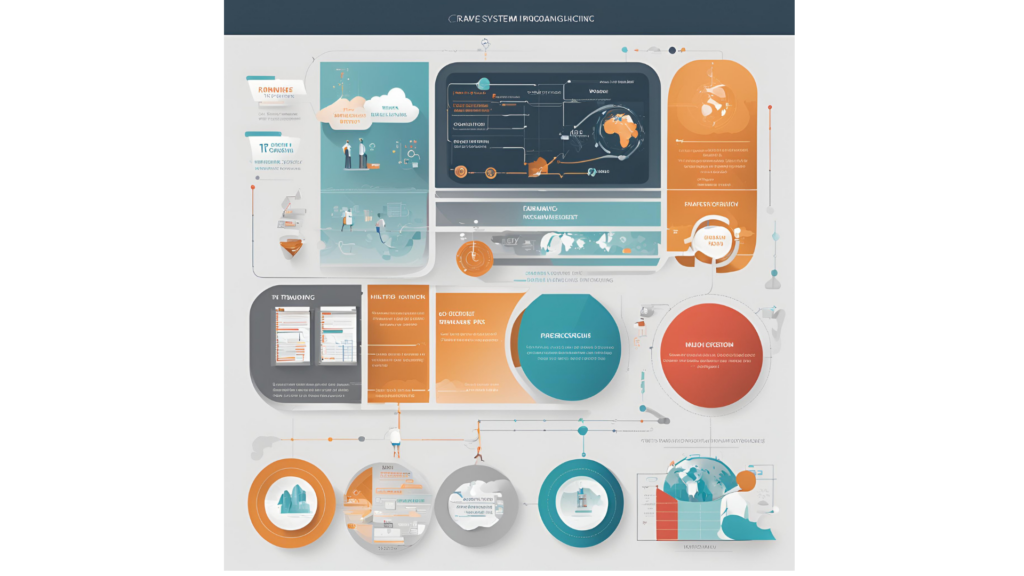This post is a summary of the components that should form a trading system.
First and foremost, you need to set a goal. You come to the market not just for money, but to achieve a specific amount of money within a certain timeframe. By framing the task this way, I remove the imaginary crown from trading and equate it to other types of businesses.
I want to point out that the main risks in trading are primarily linked to your own lack of professionalism. Therefore, the rules you plan to follow take precedence.
The question I’m raising now concerns your beliefs: Are market price movements chaotic or predictable?
I’ve studied research that found no patterns in the market but identified momentum in short time intervals. I found this hypothesis intriguing. All subsequent discussions will proceed from the assumption that movements are chaotic but have a momentum component. Those who believe movements are predictable may find this text interesting from a curiosity standpoint.
Next comes the technique — perhaps the simplest part. All you need is a signal that marks the beginning of any movement. An example of such a signal could be the appearance of a green candle following a red one. An upward movement cannot start without the appearance of a green candle. This signal, of course, has its drawbacks, but they are manageable, and I leave this to your discretion. I have signals on which I’ve based my “square theory,” but as noted above, there are no patterns in the market, so I’m not aiming to make you a follower of this theory. I’ll just highlight that a signal indicating the start of any movement exists and is not unique. Here, it comes down to taste and choice.
Statistical advantage, that is, the predominance of signals yielding positive results over those that don’t, will be a nice plus. However, I am categorically against the idea that one can predict a signal that will exceed the size of your stop by several times. I consider this idea utopian, although it sells well. I haven’t seen statistics showing such results for a single signal. My statistics demonstrate a numerical advantage of positive signals over negative ones, but if you continuously open and close positions with the same volume, the result will be negative, as losses outweigh profits. This is natural since you don’t always buy at the best price in the market, and transaction costs cannot be ignored.
Next, you need to learn how to work with the signal — that is, plan how you will react to its appearance. This task is more challenging. In the video, you’ll see examples of how an incorrect reaction to a signal can negate your statistical advantage.
Moreover, at any given moment, you will need to decide: close the entire volume, only part of it, or even add more. This will lead you to the concept of profit norms and excess profits. Your actions will vary depending on the stage of plan execution.
To determine the profit norm, you’ll need to create your own market picture. A market picture is how you perceive price movements. By knowing the number of entries and visualizing the market, you can create rules for which entries to take and which to skip.
The market picture should be as simple as possible. I use a two-phase market model where three anomalies accompany one movement. These four variations describe everything that can happen in the market. On historical data, I look like a king, predicting everything perfectly.
And in reality? In reality, you can only rely on the past. However, the number of possible future developments is minimal, and they are very simple.
There are two important things: the state of your account (whether you have a profit) and the understanding that any movement can end at any moment.
Your task is to find the maximum number of patterns where you can consecutively receive negative results. This will allow you to set a norm, working like a casino counter. By adhering to the norm, you’ll trade on every signal rather than selectively, potentially capturing a significant movement and maximizing your profit.
It’s hard to grasp these two ideas. On the one hand, you’re working as if by chance; on the other, you need a very precise calculation. We aren’t taught to think this way, starting from kindergarten. But there’s a good saying: luck loves preparation.
Good luck to you!



